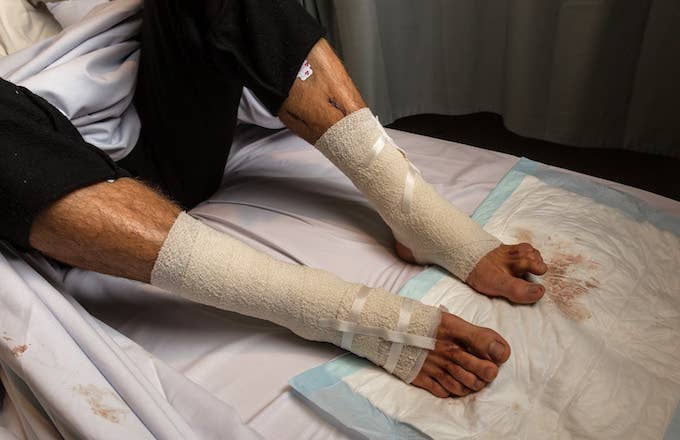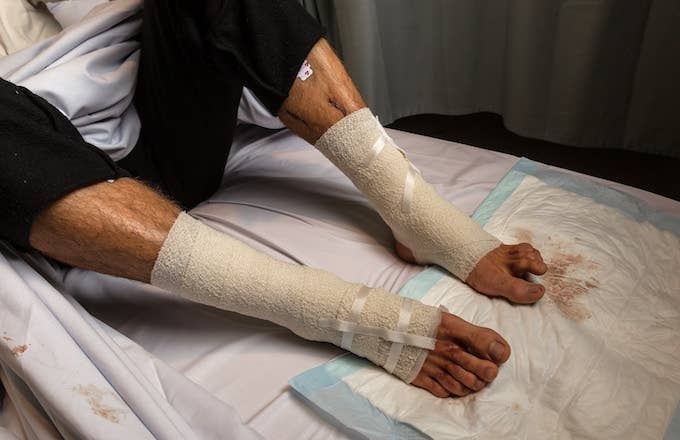
The Buruli ulcer, a flesh-eating disease most commonly found in West and central Africa, has seen an alarming spike on the Australia continent in the past two years. More specifically, it’s the state of Victoria affected by this mysteriously localized outbreak, which the Medical Journal of Australia has described as an “epidemic” in a study published on Monday.
According to CNN, the study is pleading capable researchers worldwide for an “urgent scientific response,” and that the Victorian epidemic isn’t slowing down. This outbreak is “defined by cases rapidly increasing in number, becoming more severe in nature, and occurring in new geographic areas.” Obviously, flesh-eating disease outbreaks described as epidemics by those most familiar with their nature is terribly disconcerting, particularly when there’s no real answer in sight.
As the study reveals, there were 182 new cases reported in 2016, which is a shocking increase of 72 percent. Additionally, November 2016’s reported cases of 156 rose to 236 in the same month of the following year—a 51 percent increase. How this disease actually spreads between people is largely unknown, as are the environmental conditions that nurture it.
“In Australia, it seems more to be a terrestrial transmission whereas in Africa, for example, the strain is very different and is mostly transmitted through aquatic ecosystems,” said Andrew Garchitorena, a researcher at the Institute of Research and Development in France suggested. As for the distressing fact that strains of the disease are becoming stronger, scientists are at a loss. “One possibility is maybe there’s some resistance to the antibiotics that they are using,” said Garchitorena.
Naturally, not knowing how a disease is born makes it hard to eradicate it. “It is difficult to prevent a disease when it is not known how infection is acquired,” wrote lead author of the study and infectious disease consultant, Daniel O’Brien. “The risk of infection appears to be seasonal, with an increased risk in the warmer months.” As for Australia’s version of the disease, the newer cases are reportedly being called the Bairnsdale ulcer, or Daintree ulcer. While the first recorded case ranges back to 1948, the steep increase since 2013 has scientists of the World Health Organization concerned.
In terms of physical symptoms and complications, the ulcer reportedly causes the horrific destruction of the skin and soft tissue. The research study reportedly found that the bacteria responsible for the disease is in the same family as that of leprosy and tuberculosis, according to the World Health Organization.
“The way it creates ulcers is that when it’s inside your skin, it multiplies and it produces a toxin,” said Garchitorena. “It mostly affects the fatty tissue. It starts generally with a small nodule, but over time it opens up and creates an ulcer.” The silver lining here is that most cases reportedly do not result in death, but unfortunately, amputations of the affected areas often are required.
As it stands, researchers and scientists are seeking the resources and means to find the answers required to save people from this horrific affliction. Australia’s recent spike in Buruli ulcer cases is alarming, and hopefully, this outbreak will result in a functional awareness and relief aid to Victoria’s African counterparts, as well.
This is a developing story, with potential solutions—or further disheartening news—to come.

